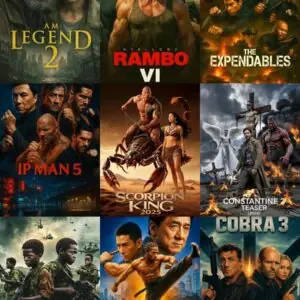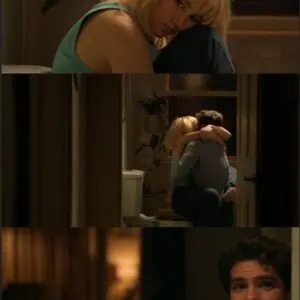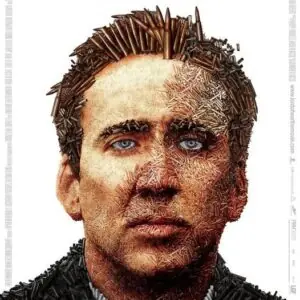Released in 1983, Deathstalker is a low-budget sword-and-sorcery film that has garnered a cult following over the years. Directed by James Sbardellati (credited as John Watson) and produced by Roger Corman, the film is a clear attempt to capitalize on the success of Conan the Barbarian (1982). Despite its modest production values, Deathstalker has become a staple of 1980s fantasy cinema, known for its campy charm, gratuitous nudity, and over-the-top action sequences.
 Plot Summary
Plot Summary
Set in a mythical land, the film follows the titular character, Deathstalker (Rick Hill), a lone warrior tasked by a witch to retrieve three powerful artifacts: a sword, a chalice, and an amulet. These items are held by the evil sorcerer Munkar (Bernard Erhard), who has usurped the throne and plans to use the artifacts to solidify his rule. Along his journey, Deathstalker is joined by allies such as Salmaron (Richard Brooker), a thief cursed by the witch, and Kaira (Lana Clarkson), a fierce warrior. The group faces various challenges, including a brutal tournament, deceptive illusions, and Munkar’s dark magic. In the end, Deathstalker defeats Munkar and destroys the artifacts, freeing the land from tyranny.
Themes and Social Commentary
At its core, Deathstalker is a tale of good versus evil, with the hero embarking on a quest to restore justice. However, the film’s portrayal of women has been a point of contention. Many critics and viewers have noted the frequent scenes of nudity and sexual violence, which detract from the film’s otherwise straightforward narrative. These elements have led to discussions about the portrayal of women in 1980s fantasy films and the broader implications for gender representation in cinema.
Cinematic Elements

Direction and Production
Sbardellati’s direction is competent for a low-budget production, focusing on action sequences and character interactions. The film’s pacing is brisk, ensuring that the 80-minute runtime remains engaging. The decision to shoot in Argentina provided a unique backdrop, with the landscapes adding to the film’s exotic feel. However, the budget constraints are evident in the set designs and special effects, which often appear dated and unpolished.
Performances
Rick Hill’s portrayal of Deathstalker is serviceable, capturing the essence of a brooding hero. Lana Clarkson’s performance as Kaira stands out, bringing depth to her character despite the limited material. The supporting cast, including Richard Brooker as Salmaron, adds to the film’s charm, though some performances lean into the campiness that has become synonymous with the genre.
Music and Cinematography
Óscar Cardozo Ocampo’s musical score complements the film’s tone, with sweeping orchestral pieces that evoke the grandeur of epic tales. The cinematography, while not groundbreaking, effectively captures the action and landscapes, enhancing the film’s immersive quality.
Critical Reception
Upon release, Deathstalker received mixed reviews. The Los Angeles Times described it as “funny on purpose” and “pleasantly silly,” praising its brisk direction. In contrast, The Boston Globe criticized it as “a cauldron brimming with stale filmmaking, stone-faced acting and primitive editing,” highlighting issues with violence and misogyny. Despite the criticism, the film was a commercial success, grossing over $5 million at the box office and becoming a staple on home video during the early days of cable television and video rentals
Legacy and Influence
Deathstalker spawned three sequels: Deathstalker II (1987), Deathstalker and the Warriors from Hell (1988), and Deathstalker IV: Match of Titans (1991). The film also contributed to the careers of several actors, most notably Lana Clarkson, who became a recognizable cult figure in the genre. Roger Corman’s involvement in the film led to nine more productions in Argentina, including The Warrior and the Sorceress (1984) and Barbarian Queen (1985).
In March 2024, a reboot of Deathstalker was announced, directed by Steven Kostanski and starring Daniel Bernhardt in the titular role. The project is produced by Berserker Gang, a genre film company co-founded by musician Saul “Slash” Hudson. A crowdfunding campaign launched in March 2024, with filming commencing in Canada by May 2025.
Conclusion
Deathstalker remains a quintessential example of 1980s sword-and-sorcery cinema. While it may not boast the polish of higher-budget productions, its campy charm, action sequences, and memorable characters have cemented its place in cult film history. For fans of the genre, Deathstalker offers a nostalgic trip back to an era of practical effects, over-the-top storytelling, and unabashed fun.





